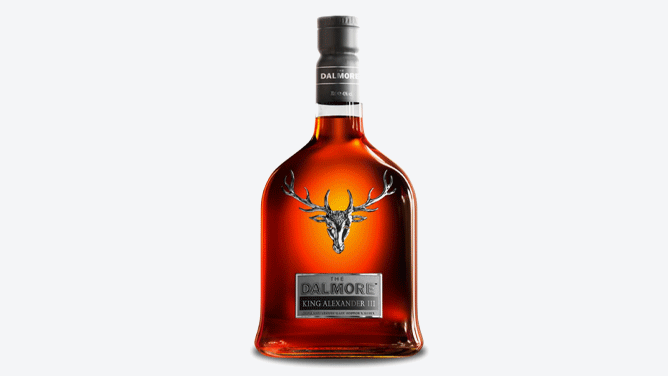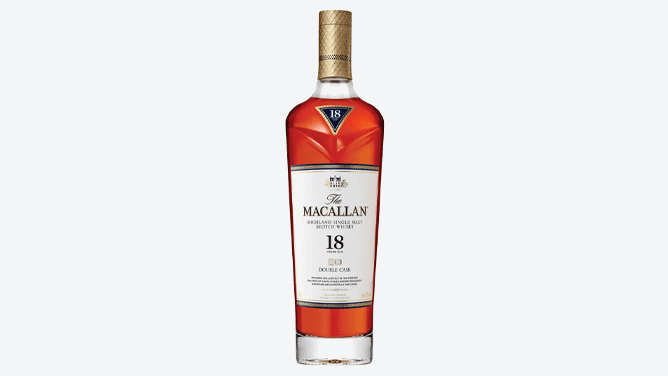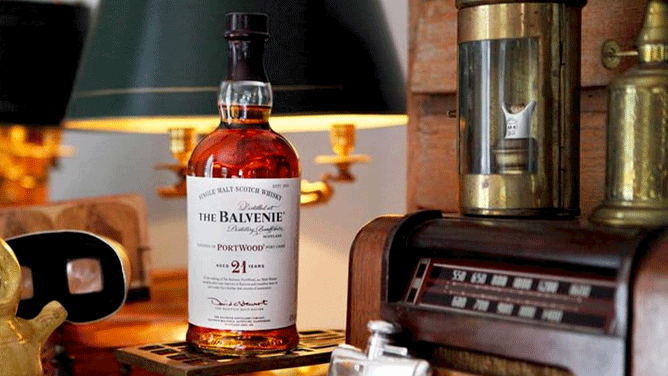There are many bargains to be found in the Scotch whisky world. You can spend under $100 for a single malt Scotch and get an award-winning, sippable, nuanced single malt whisky from names like Lagavulin, Glenlivet, Glenfiddich, and more that will find a permanent place on your home bar. There’s a wide range of styles, from strong cask-strength single malts to light and easy drinking single malt Scotches.
But sometimes the occasion calls for splurging on something extraordinary.
There’s a long list of expensive expressions perfectly suited for a special occasion. If you’re a seasoned single malt Scotch whisky drinker, why would you limit your palate by not trying something complex, older, and more memorable? You owe it to your taste buds to spend a little more of that hard-earned cash.
The good news is that while more expensive than your average daily sipper, there are stand-out pricier single malts that are priced fairly for what you’re getting if you’re in the position to spend $200 or more.

Glenmorangie Signet
This memorable, decadent single malt Scotch whisky will set you back more than $200. But it’s well worth it. It begins as a whisky made with chocolate malt that then matures in ex-bourbon casks, former sherry barrels, and virgin charred oak. Glenmorangie adds in some of the oldest, rarest whisky in their stock. The result is a truly special whisky with notes of dark chocolate, butterscotch, vanilla, candied orange peels, and charred oaky wood. It’s the perfect after-dinner drink.
Buy: $369.97
The Dalmore King Alexander III
The Dalmore is well-known for its complex, long-aged, sippable single malt whiskies. One of its best more expensive expressions is its King Alexander III. This truly regal whisky was finished in six different casks (yes, you read that right). They include small-batch bourbon barrels, Matusalem Oloroso sherry casks, Madeira casks, Marsala casks, Port pipes, and cabernet sauvignon wine barriques. The barrels are all blended to create an iconic whisky with notes of almond cookies, vanilla beans, candied orange peels, and gentle wintry spices.
Buy: $349.99
The Glen Grant 21 Year
Released in 2023, this expression was added to the Principle Collection at Glen Grant. It was matured for a full 21 years in a combination of ex-bourbon and former Oloroso sherry casks. The result is a nose of dried fruits, tropical fruits, vanilla beans, toffee, and oak. The palate is a mix of creme brulée, apricots, raisins, vanilla beans, and gentle spices. It’s a great whisky to sip neat in a Glencairn glass on an unseasonably cool evening.
Buy: $332.99
The Macallan Double Cask 18
There aren’t many single malt scotch distilleries more well-known than The Macallan. While you can’t go wrong with The Macallan 12, if you want to splurge, grab a bottle The Macallan Double Cask 18. It was matured for a minimum of 18 years in a combination of American and European sherry-seasoned oak casks (hence the “double cask” name). This creates a sublime whisky with notes of candied orange peels, sweet treacle, vanilla, dried cherries, sherry sweetness, and sticky toffee pudding.
Buy: $499.96
The Balvenie 21 Portwood
First released in 1996, this this memorable, complex single malt Scotch whisky has won numerous awards over the years. It’s first aged for a minimum of 21 years in American oak barrels before being transferred to casks that formerly held port wine. The nose is a mix of orchard fruits, vanilla, spice, and light smoke. Drinking it reveals hints of dried berries, light fruits, vanilla, barley, sweet port, and light spices. The finish is sweet, and warming, and leaves you craving more.
Buy: $349.97
Aberlour 18 Year
In true Aberlour fashion, its 18-year-old expression was matured in two different casks. It spends at least 18 years in a combination of oak barrels and sherry casks. The result is a complex, sweet, spicy sipping whisky that starts with a nose of stone fruits, toffee, brown sugar, and candied orange peels. The palate is a mix of raisins, dried cherries, apricots, honey, caramel, vanilla beans, gentle wintry spices, and oaky wood. It all ends with toffee and oak and a lingering warmth.
Buy: $239.97
GlenDronach 21 Year Parliament
This popular single malt whisky was matured for a full 21 years in a combination of Pedro Ximenez and Oloroso sherry casks. The result is a fruity, complex whisky that needs to be tasted to be believed. Borderline indulgent, it begins with a nose of sherry, berries, dried cherries, vanilla, and oak. The palate is a symphony of dark chocolate, sweet sherry, cherries, ripe berries, cinnamon, allspices, vanilla beans, toffee, and charred oaky wood. More than two decades in sherry casks give this whisky a sweet, warming profile that you’ll savor until the last drop is gone.
Buy: $349.99




